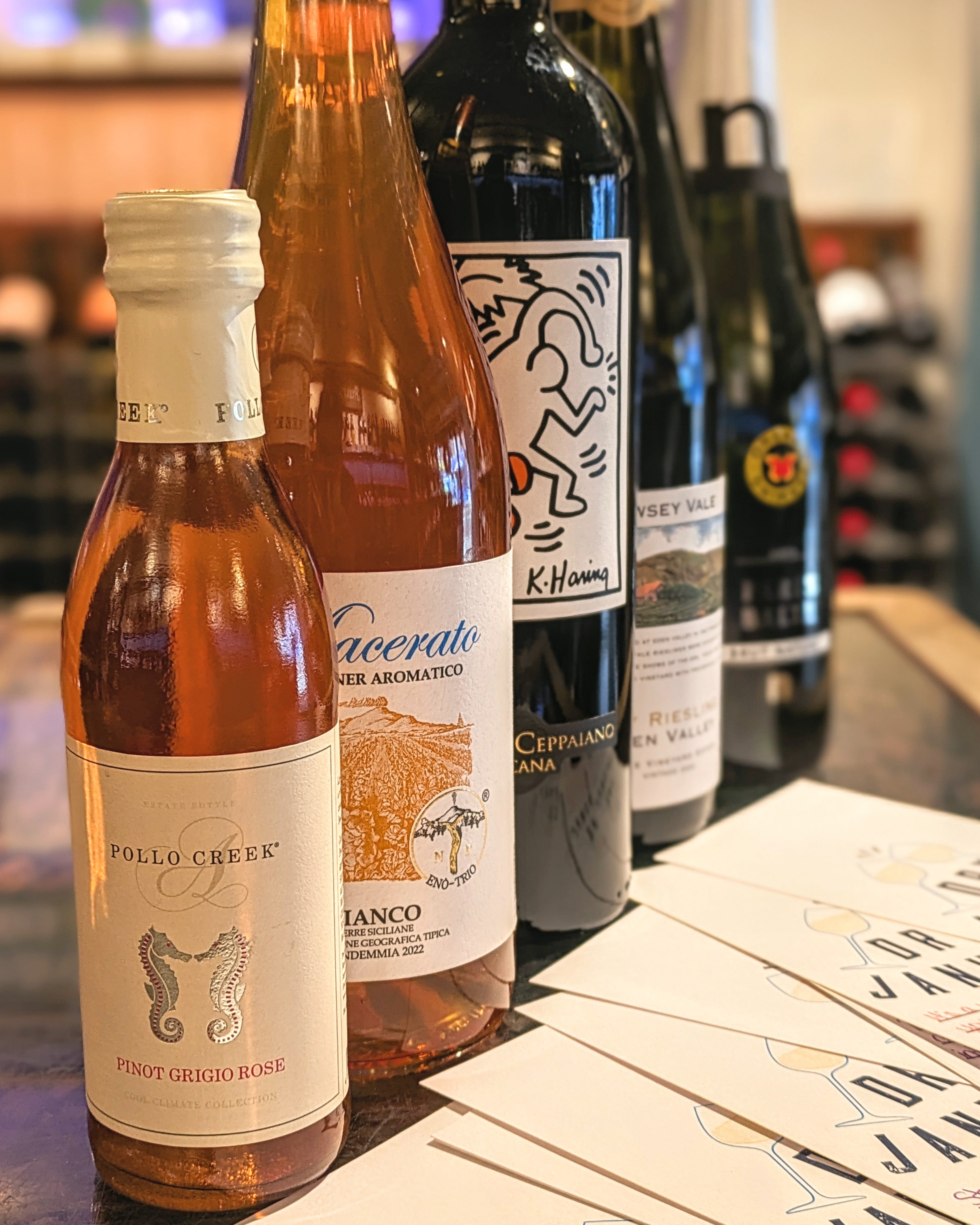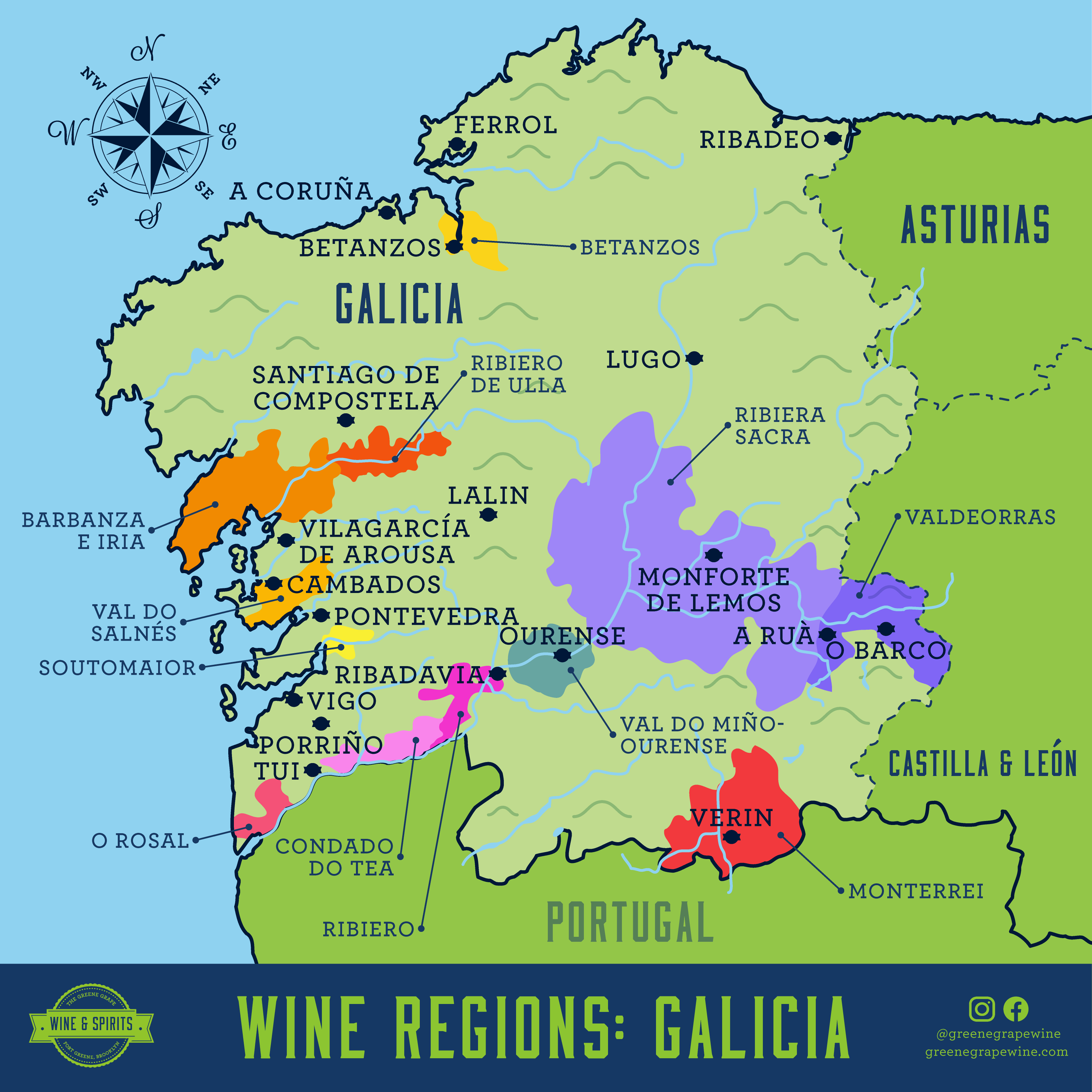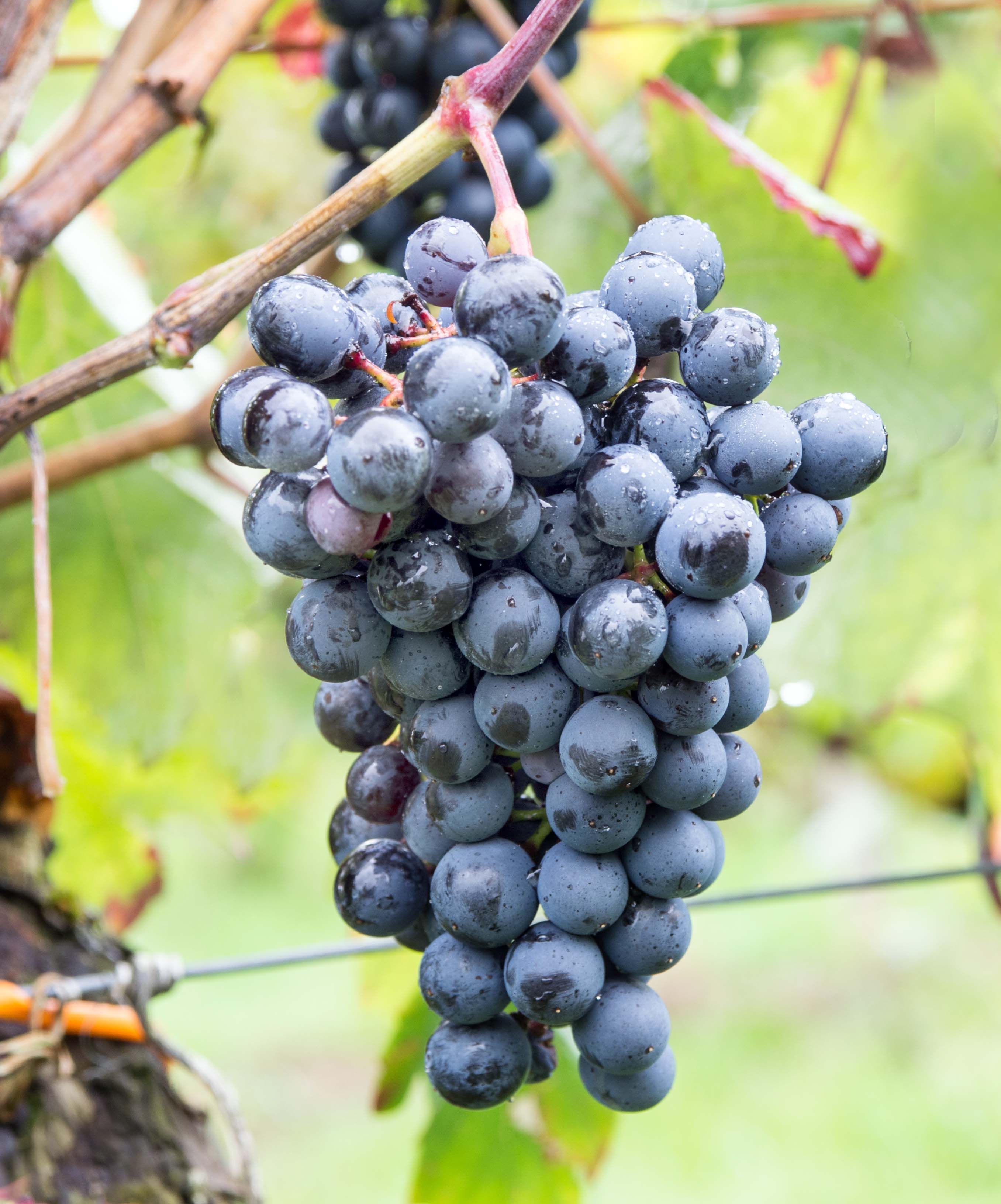
Dry January: Busting Myths and Taking Sips
Many people take the first weeks of a new year to re-evaluate goals, and pick up – or put down – some bad habits. Some focus on new career opportunities, while others join the gym or try new, healthy recipes, and still more, quit drinking for the month as a way to reset after the festivities of the holiday season. At Wine & Spirits, we’re going dry this January – that is, we’re busting myths and taking a closer look at dry wines.
What is “dry" wine anyway? Simply put, the term dry refers to the amount of residual sugar left in a wine after fermentation, the process by which natural grape sugars are converted to alcohol. Dry wines generally contain less than 5g of sugar per liter of liquid, and can be red, white, or sparkling. It's important to note that dry wines can still having opulent, plush fruit notes.

MYTH: Champagne is always sweet.
The truth is that Champagne and bubblies, just like any wine, can have residual sugar or be produced bone dry. In fact, there are four levels of sweetness.
- Brut Nature/Non-Dosé: 0-3 grams sugar per liter, no added dosage
- Extra Brut: 0-6 grams sugar per liter
- Brut 0-12: grams sugar per liter
- Extra Dry: 12-17 grams sugar per liter
- Sec 17-32: grams sugar per liter
- Demi-Sec: 32-50 grams sugar per liter
- Doux 50+: grams sugar per liter
MYTH: The more tannic the wine the drier it is.
Tannins are naturally occurring sticky, bitter, and astringent compounds that derive from the skin and stems of grapes. Some grapes, such as Nebbiolo and Cabernet Sauvignon, contain more tannins than others, such as Pinot Noir. When a wine has a lot of tannin, it makes your mouth feel dry, as the tannin sticks to the proteins and saliva in your mouth and on your tastebuds. However, tannins have nothing to do with sugar. So, while a class of Barolo or Bordeaux may make you mouth feel dry, it doesn't necessarily mean that the wine itself contains no residual sugar.
MYTH: Wines with higher ABV (alcohol by volume) are always dry.
While this misconception is believed by many who love high ABV wines, this is once again related to the sensation of dryness within the mouth versus dry in the context of residual sugars. High ABV wines can have a lot more going on flavor wise, so instead of getting mostly fruit, there’s other notes at play like leather, herbs, and earth. Plus, plenty of sweet wines have high ABVs as well.
MYTH: Dry wines are healthier because they have less calories.
While there may not be a lot of residual sugars at play when you uncork a bottle of dry wine, that doesn’t mean that it didn’t start with a lot of natural sugars that were fermented into alcohol. So, you're still indulging in something that has an average of 150 calories per glass. But, if you’re looking to reduce your sugar intake, dry wines are a fantastic choice!

Dry gems to check out this January:
Sparkling
Vincent Cuillier 'L'Arbre' Blanc de Noirs Brut Nature 2019: The wines of Vincent Cuillier serve as yet another reminder that Champagne is among the world’s most dynamic wine regions. This entry, made from 100% Pinot Meunier, is about pride of place for Vincent. Produced from grapes grown on his family estate’s most historic parcels, where he first explored viticulture and vitiforestry, the wine offers depth and complexity with every sip. On the nose, subtle pear, white pepper, and beautiful minerality. Bottled with no dosage, the palate is magical, lush, yet lean, with power and grace. The name "L'Arbre" (The Tree) is a nod to Vincent's extensive work planting trees and increasing biodiversity on his family's estate. Practicing organic.
Tarlant 'Zero' Brut Nature NV: The Tarlant family has roots in Champagne dating back to 1687. By the early 20th century, the winery had relocated to Oeuilly and begun to make a name for itself as one of the best small houses in Champagne. In fact, Louis Tarlant helped achieve global recognition and legal protection of the Champagne AOC in 1911. Today the winery is run by 12th generation winemaker Benoît Tarlant, and produces classically driven, forward-thinking, organic Champagnes like this vibrant zero dosage brut, made from Chardonnay, Pinot Noir and Pinot Meunier. Dry and refreshing, with crystalline clarity and beauty, the wine offers great texture and richness that makes it perfect for any occasion.
Pares Balta Brut Nature Cava NV: Recently featured by Eric Asimov in the New York Times, this is classic Cava with a contemporary attitude, where the fruit and freshness are at the forefront of the, backed by Xarel-lo's characteristic aromatic complexity. Perfect alongside seafood, rice dishes, and pasta.
Red
Antidoto Ribera Del Duero 2021: This wine hails from a mosaic of old vine plots in San Esteban de Gormaz, just south of the Duero. Bertrand Sourdais created this wine to capture the essence of the Ribera del Duero region he so deeply loves at a price point that was accessible to everyone. Ruby-garnet in color this 100% Tempranillo jumps out of the glass with lively aromas of red and black fruit, violets, allspice, and fresh leather with a smoky minerality that is as irresistible as it is intriguing. Smooth, with a lengthy finish, this wine is delicious alongside meat, rice, and bold vegetable dishes.
Tenuta di Ceppaiano Toscana Rosso ‘Keith Haring’ 2017: The Castellani family developed this commemorative cuvee to honor artist Keith Haring and his unique friendship with Piergiorgio Castellani—a complex blend of Sangiovese, Cabernet Sauvignon and Merlot. Notes of wild rose, dark cherry, mint, cassis, and licorice tease the palate backed by warm notes of vanilla, cedar and spice. A perfect match for pasta and spicy Mediterranean fare, a portion of sales proceeds go to support the work of the Keith Haring Foundation.
Domaine de Fondreche Ventoux Rouge 2020: Situated at the foot of Mont Ventoux, Domaine de Fondreche produces stunning wines like this red blend of 50% Grenache, 30% Syrah, and 20% Mourvedre. Influenced by the lunar calendar, they practice organic and biodynamic farming, as well as pick and destem the grapes by hand. With a beautiful, exotic nose of wild raspberries, strawberries, candied violets, and peppery garrigue, this wine is generous, well-balanced, and silky on the palate. This medium-bodied red is fantastic alongside stews, grilled meats, and poultry. Vegan.
White & Orange
Pewsey Vale Vineyard Eden Valley Dry Riesling 2022: The first Riesling vineyard planted in Eden Valley more than 175 years ago, Pewsey Vale wines are consistent in flavor and quality from vintage to vintage. In the glass, the wine is a pale straw with subtle green hues. Intense aromas of fine dried herbs, white flowers, lemons, lime, and a hint of pineapple tantalize the nose, while the palate is reminiscent of grapefruit, lime, and fresh rosemary. The wine finishes with soft natural acidity that balances the flavor and minerality that is delicious. Enjoy with fresh oysters, seared scallops, salt and pepper squid, or a tomato salad with pickled walnuts and fresh basil. Sustainable and Vegan.
Eno-Trio Macerato Traminer Aromatico 2022: This wine is produced from a one hectare vineyard, cultivated in an extreme area on the slopes of the Etna volcano, in the Contrada Nave, in the Municipality of Bronte, at an altitude of 1100 meters above sea level. The vineyard is surrounded by chestnut trees, walnut trees, gorse plants and wild ferns. The vineyard has been planted to Gewürztraminer cuttings, purchased in France at the beginning of the 90s, which in Sicily takes the name of Traminer Aromatico. Bright orange in color with a very fragrant and fruity nose of pink grapefruit, rose, citrus and lychee. The palate is very fresh with citrus notes, good structure and a bit of tannin that gives a lovely, dry finish.
Pietro Caciorgna Guardolivento Etna Bianco 2021: Early on it did not seem as if any of Pietro Caciorgna’s children would take up his passion for running the modest farm. But his son, oenologist Paolo Caciogna, took up the reins several years ago and built this small jewel of a winery, which has garnered international acclaim. One sip of this blend of local varietals Carricante, Catarratto, Inzolia, Minella will explain why. Fresh and delicately floral on the nose, with notes of flint, graphite and smoke, the wine is lively and balanced on the palate. It’s so easy to drink, you might forget the great winemaking at work. Pair with light pastas, grilled fish and shellfish, veggie mains, and more.
Pollo Creek Pinot Grigio Rose 2019: This pocket-sized, full-flavored, skin-contact, macerato-style Pinot Grigio is produced in Moldova, and delivers notes of almond flower and Asian pear alongside lively acidity and balance. Try it with mild cheeses and seafood dishes.



